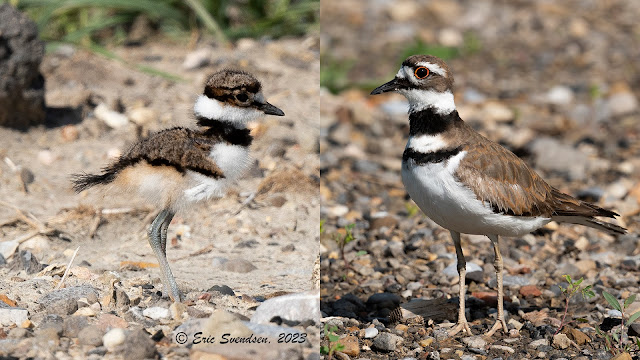Fritillary butterflies - different look-a-likes.

If you see a large orange butterfly with numerous black markings on its wings (and it's not a monarch), it's probably a fritillary. Determining species can be a challenge; many of them look similar and can only be properly identified upon close examination. It helps a great deal to see both surfaces of the wings. I photographed this one yesterday morning while it was basking on a sunlit log. Unfortunately, I never got to see its underwings. There are 14 species of greater fritillary butterflies. The one I photographed is quite possibly a great-spangled fritillary, although identification remains uncertain. Regardless of specifics, I find it to be an amazing insect and love how it filled the frame of my camera and telephoto lens. So often the butterflies I photograph are small and the images require significant cropping. Fritillary caterpillars feed on violets. The female deposits an egg on a dead violet plant, its blooms long since fallen....






